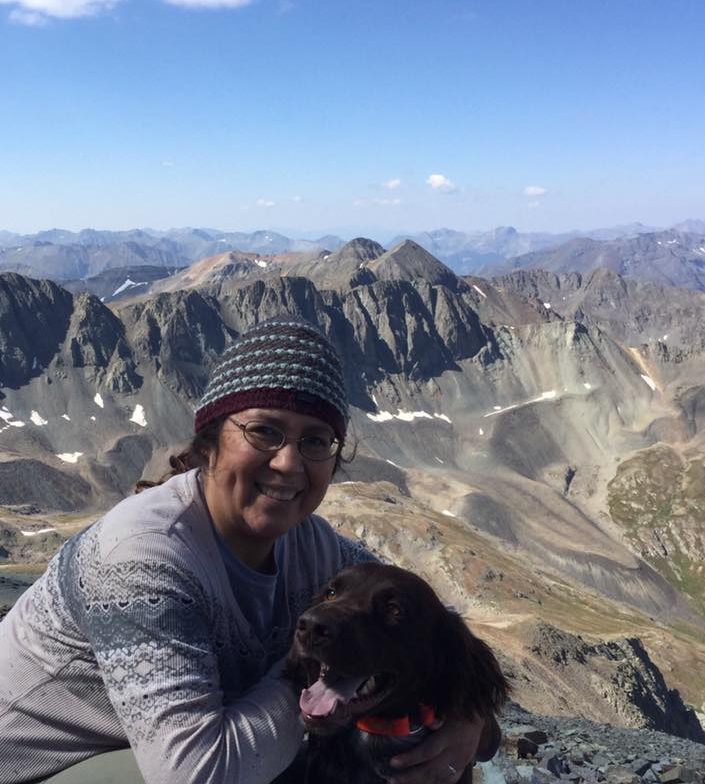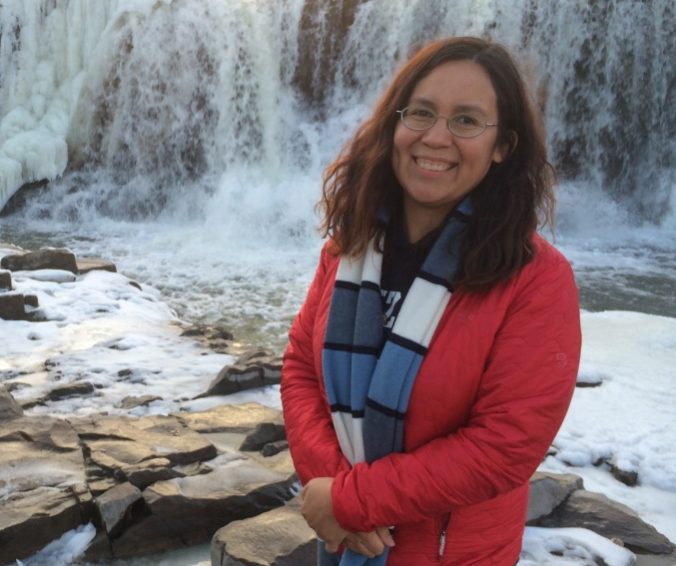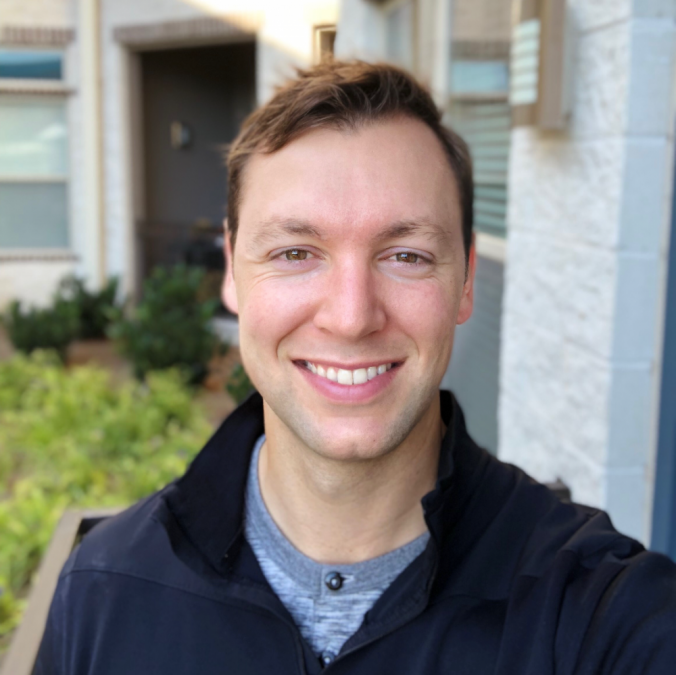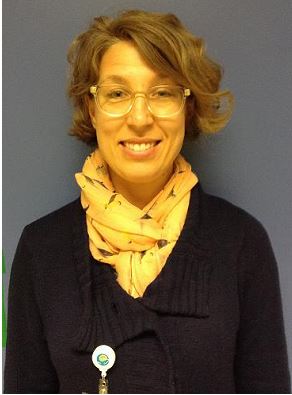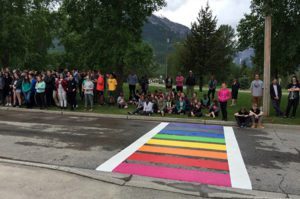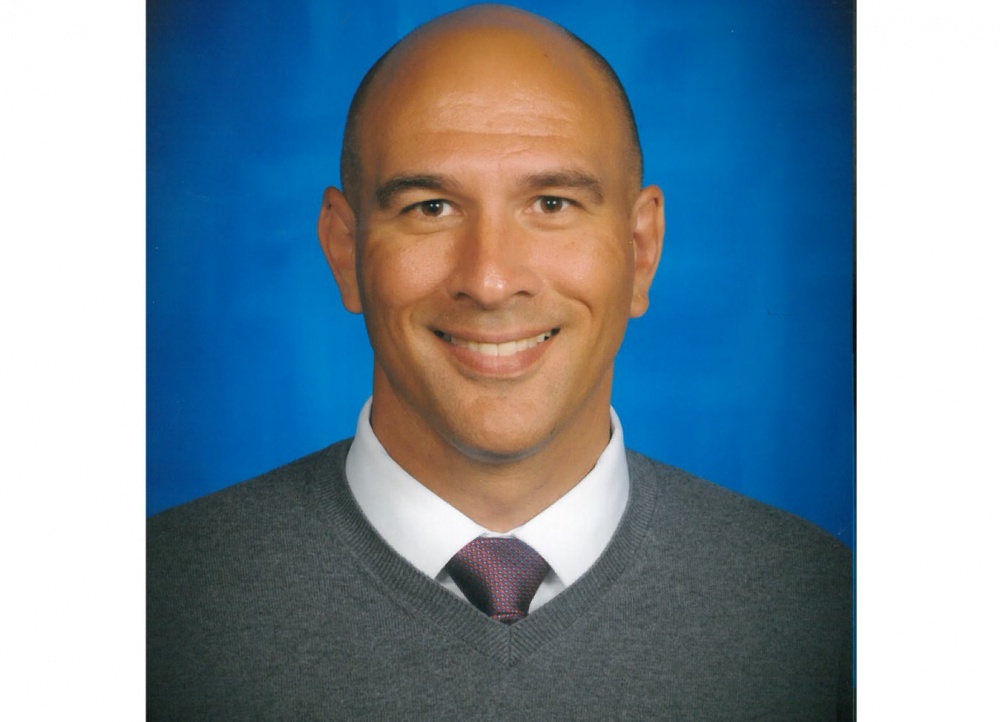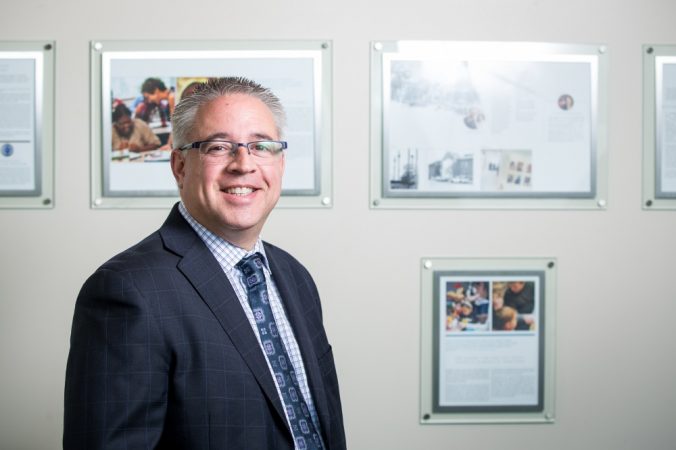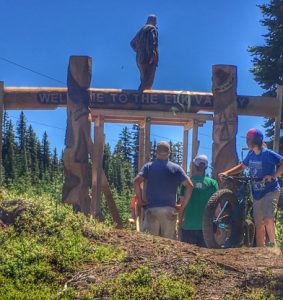- Tell us about yourself My name is Brenda Velasco. I was in the Master of Initial Teaching Program (MIT) and graduated in 2006.
- What are you doing now? I currently teach 3rd grade at St. Elizabeth Seton Elementary School in Rapid City, SD. This is my 9th year of teaching.
- Why did you choose a program in the School of Education at Gonzaga? I was in the journalism field before finding my true calling to become a teacher. At the time I was discerning a religious vocation and entered the Sisters of Providence. While in my candidacy year, I started volunteering at a school and fell in love with teaching. I ended up leaving the religious community but my call to become a teacher continued. I wanted to find a program where I could get both my Masters and teaching certification. After looking at several programs, I decided on GU because of its great reputation and the fact that it’s a Catholic university. I love the Jesuit philosophy, especially the emphasis on mission and social justice. I knew I couldn’t be at a better place than Gonzaga.
- What influenced you the most during your time at Gonzaga? I had so many wonderful professors at Gonzaga but two people stand out the most. One is Dr. Jenny Nelson. Her enthusiasm for teaching was influential in changing many of my fears and attitudes that I had at the time. I saw how important it is to see beyond the worksheets and text books to create intriguing and interactive lessons which will engage and interest students. Prior to taking her class I never saw how teaching Social Studies could be fun. Her class completely changed my attitude and I incorporate many of these practices in my teaching today. I see such a difference in my students when I make a lesson hands-on or project based. I thank Dr. Nelson for instilling me a love for teaching Social Studies and seeing beyond the text books and worksheets. Another person who really guided me through my time at Gonzaga is Sharon Straub. She was instrumental in helping me with my Masters unit project. She was always very patient with me and challenged me with wonderful constructive criticism on how to make my project stronger. Without her help I don’t think I could have done the best that was I was truly capable of doing. Several years later when I was teaching bilingual kindergarten for the Pasco School District our paths crossed once again. I was preparing for my Pro Teach Portfolio for my professional certification and attended a workshop in Spokane. I found out that Sharon was going to teach a cohort in Pasco on how to prepare for the Pro-Teach. I registered right away and knew we were all in good hands! Sharon would drive once a week from Spokane even in the winter time to meet with our Pasco cohort to help prepare us for our portfolio. She would also check in throughout the week to see how we were doing. Thanks to her help, I was passed my Pro-Teach on my first try. I am very thankful for her guidance.
- What was your greatest lesson learned at Gonzaga? One of my greatest lessons learned at Gonzaga is that sometimes things don’t always go as planned but you need to stay positive regardless. My first student teaching assignment was not at all what I expected it to be. It just wasn’t the right fit in every way possible. I ended up getting reassigned to another school which set me back a semester. While at the time I was angry about it, I had great advisors, professors, and my wonderful MIT cohort who gave me wonderful support and advice. Being a practicing Catholic, I relied on my faith more than ever and knew that God sent me these wonderful people to help me through this difficult time. I then ended up in the perfect student teaching experience for me which really set the path towards my future in education. As of this day, I teach 3rd grade and still incorporate some of the many things I learned from my wonderful master teacher. My professors also helped me to see that one set back was not going to sabotage my career. I knew that all of this happened for a reason. I had to go through the tough road in order to find my way on the right path.
- What is the most rewarding aspect of working in your field? Most challenging? There are so many rewards in teaching and it’s hard to name them all. I love the expression on my students face when they finally understand a concept. I remember working with a kindergartner who just struggled in writing and identifying all of the letters in his name. No matter what we did to help, he just wasn’t getting it. It took him until January but I’ll never forget how proud he was when he finally achieved this. He was so happy he wanted to tell the principal! He was the last one of my students to identify the letters in his name and we celebrated. I knew he was capable of achieving this and never once gave up. That was such a rewarding moment for me, one I’ll never forget. Every accomplishment big or small needs to be celebrated. I also love to support my students in the different activities they are involved in. I’ll never forget when one of my students won the regional spelling bee and moved on to the South Dakota State competition. I think I was cheering the loudest when he won the regionals. Most recently a group of my former students won their “Super Bowl” football competition. They were so excited to see me and were moved that I took time out of my weekend to attend their game. (On a cold, windy South Dakota day too!)My biggest challenge in my profession is finding support for new innovative ideas that could help advance a school or district. Not everyone agrees with different curriculum materials so it can be a challenge to finally agree on one that works, with the students’ best interest in mind. It’s sometimes hard to be heard especially in a bigger district. I’ve experienced this in all the districts I have been in during my career. Whether it’s finding a new math curriculum, new STEM materials, reading curriculum..etc.. something always stands in the way.
- What critical issues do you see that need to be addressed in your field? In 2016 I was selected to attend the Mickelson Exxon Mobil Teachers Academy in Jersey City, NJ. One of our speakers, Cathy Sealey, a renowned math teacher, mentioned something that really made me think about the way I teach math and science. She stated that most students develop a fixed mindset of whether or not they like math and science by the time they are in 3rd grade. This mindset is difficult to change especially if they are not exposed to positive experiences in these subjects. I think we have to find ways to help elementary school children become engaged in math and science in those early elementary years and then continue to support them throughout the rest of the school career. Math needs to make sense, and students have to see that sometimes mistakes will be made when finding a solution to a problem. It’s a process. There are many schools with outstanding STEM programs but not every district has this opportunity.
- What advice do you have for future education professionals? Teaching is truly a rewarding profession. It’s filled with challenges and joys. There are days when you feel so proud of all you have accomplished, and others when you just want to go home and take a nap. My advice is to make sure that you find time for yourself as difficult as it may be. It’s so easy to spend hours, even weekends in your classroom (been there, done that.) but you need to find a balance. Set new personal goals and then achieve them. I recently hiked up my first Colorado 14er. It’s a goal I had set for myself but never accomplished it until this last September. It was such a joy to reach the summit and wondered if this is how my students feel when they reach their goals as well. I shared this with my students and they were very proud of me for reaching the top of the mountain. They wanted to know details and see photos too. I think students need to hear about special accomplishments and be inspired to reach their own “summits”. Another piece of advice is to always look for new professional development opportunities. There are lots of workshops or conferences out there which help to improve or introduce teachers to new methods. Many workshops offer grants to pay for expenses while others could be paid for by your district if you ask. I’ve been fortunate to attend workshops in New York City/Jersey City, Denver, St. Louis, and Chicago with all expenses paid for. These great opportunities are out there and it’s a good way to network with teachers and educational experts from around the country to share new ideas.
